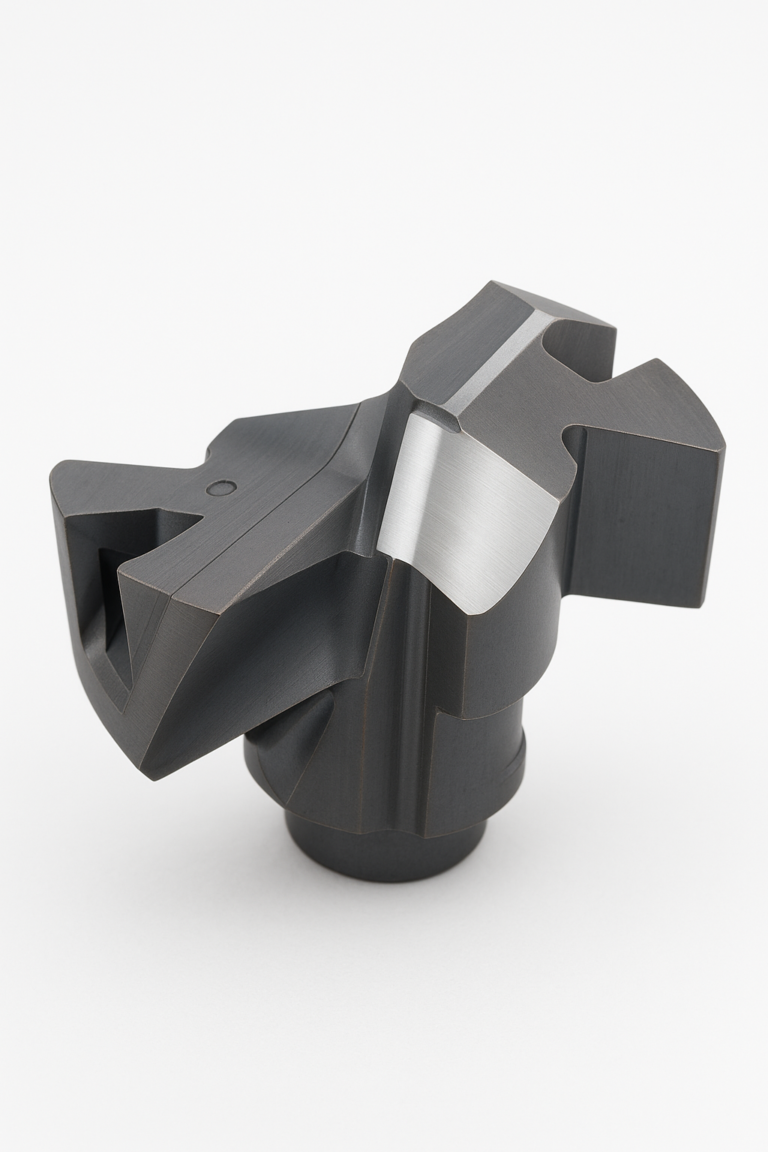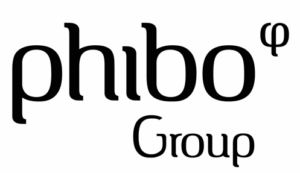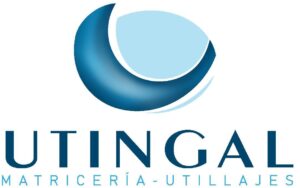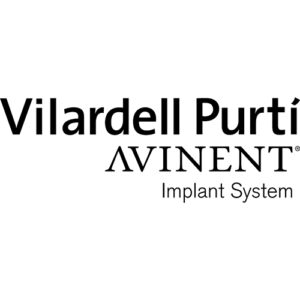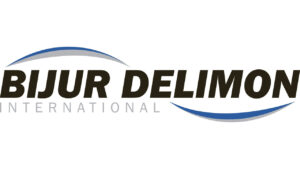Interchangeable heads have a significant impact on workshop costs.
In precision drilling, solid carbide heads (Iscar, Kennametal, Tungaloy, Sandvik, etc.) offer high performance… but at a price ranging from €36 to €180 per piece.
Regrinding can turn this expense into a tangible operational advantage.
When savings are real
The comparison is straightforward:
• new head → €36–180
• regrinding → 35–45% of the original price
Result: up to 65% net savings.
Not all heads are suitable for regrinding.
Minimum conditions:
• diameter ≥ 8 mm
• no structural damage (deep chipping = scrap)
• max. 3 regrinding cycles per piece
Technical constraints
Regrinding is effective only if:
• material removal on the head height does not exceed 0.6 mm
• original geometries are maintained (angles and reliefs as designed)
• PVD coating is optimized: in some cases performance even exceeds new tools
A real case: from failure to €85,000 savings
A Spanish automotive company used 2,000 heads Ø16.2 and Ø17.2 per year.
The first regrinding attempt, entrusted to the wrong supplier, led to:
• roughness worsening from Ra 0.8 μm to Ra 3.5 μm
• tool life reduced by 70%
• uncontrolled vibrations on the machine
Cause: cutting edges too aggressive.
Adopted solution:
• controlled edge honing (0.05 mm)
• coating specific for alloy steels
• test on 50 samples before full production
Result: stable roughness at Ra 0.9 μm, performance equal to new, and annual savings of €85,000.
How to choose the right partner
The difference lies in competence. Key requirements:
• preliminary economic feasibility analysis
• standardized and traceable process
• maximum three regrinding cycles to ensure consistent quality
Conclusion
Regrinding is not a “low-cost fallback,” but a precise industrial strategy.
Applied correctly, it delivers new-tool quality at one-third of the cost.
